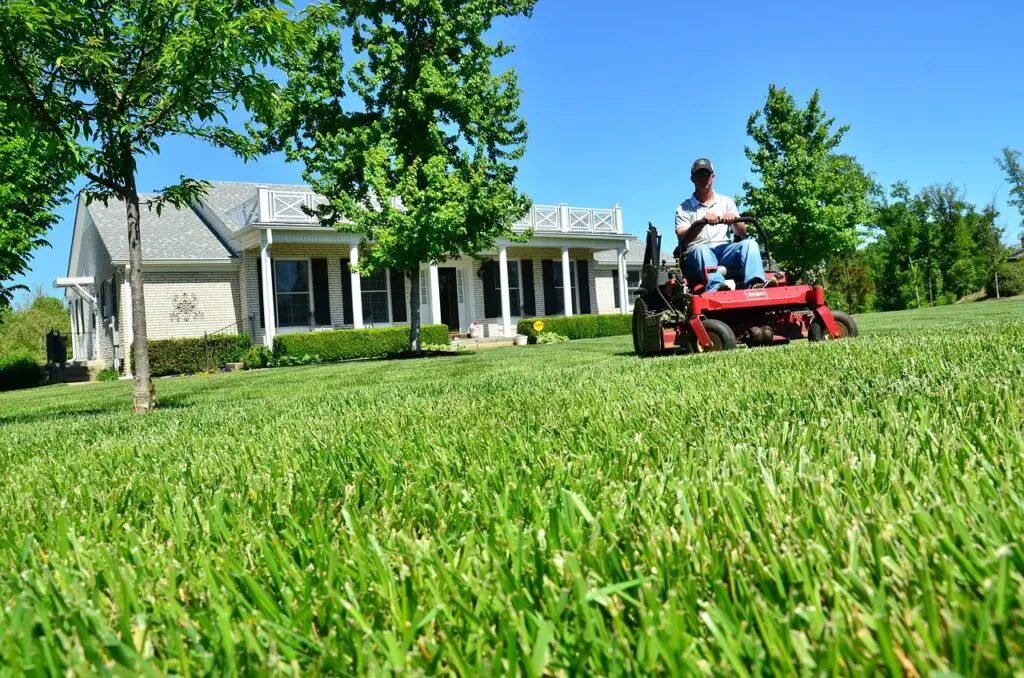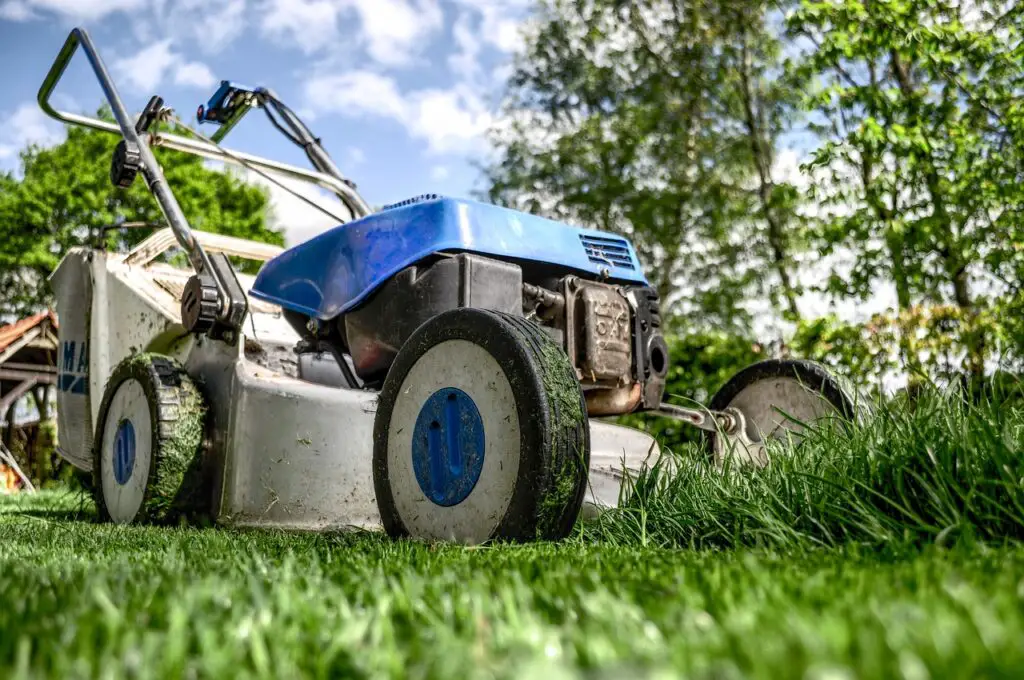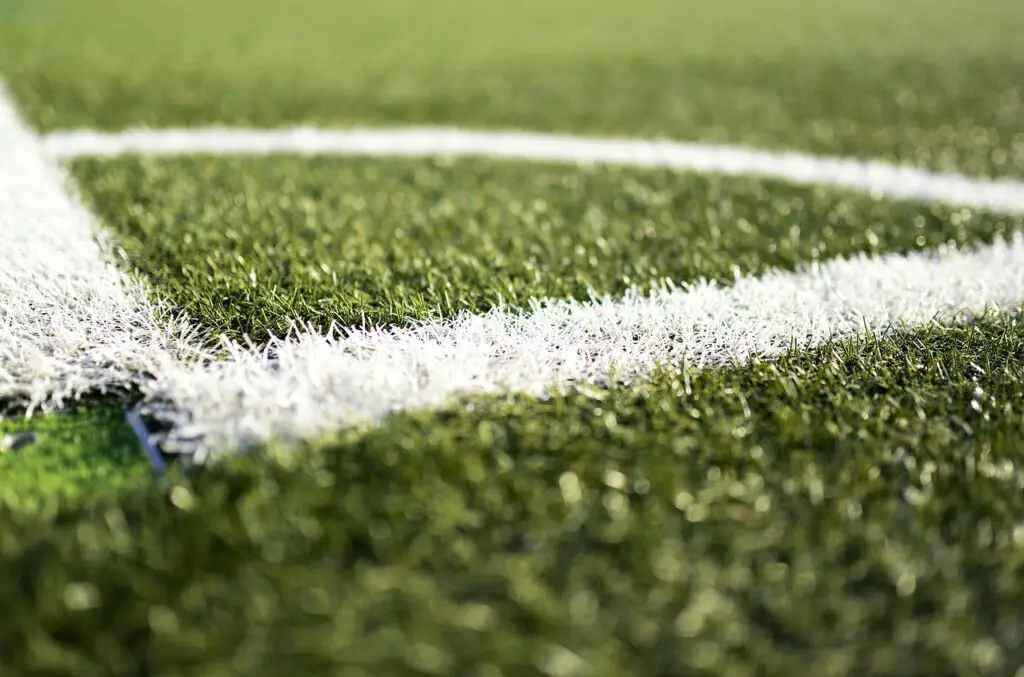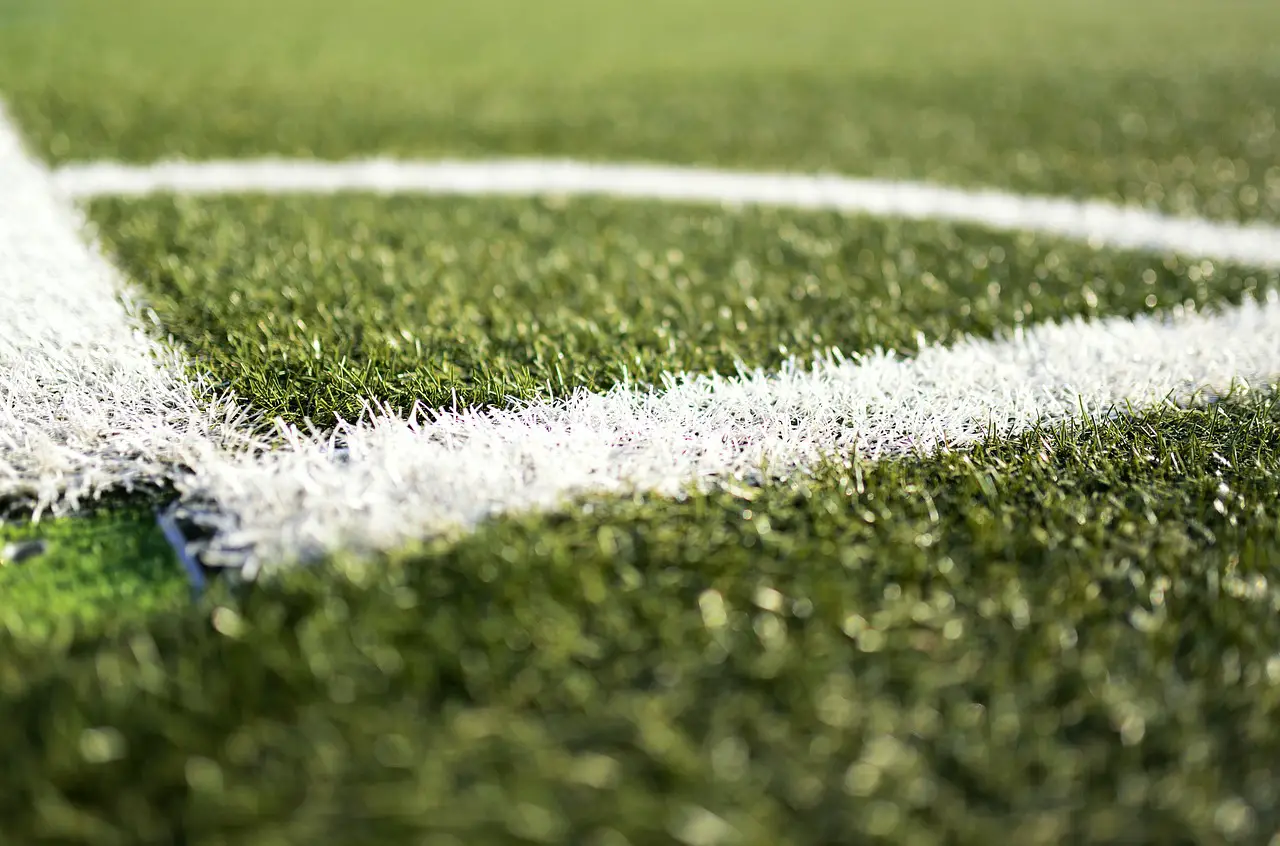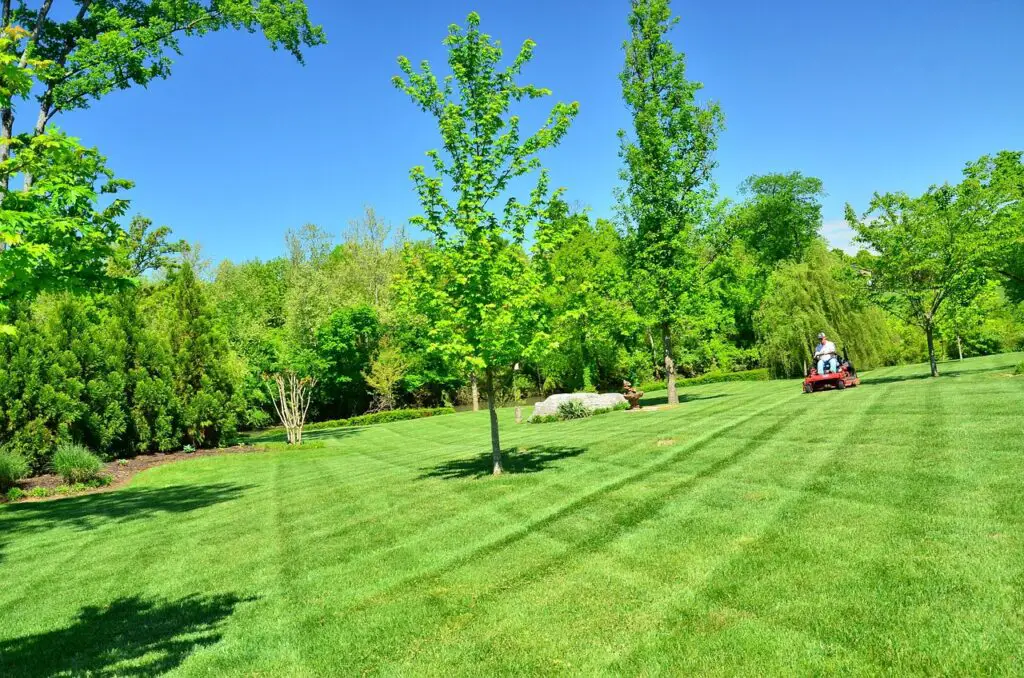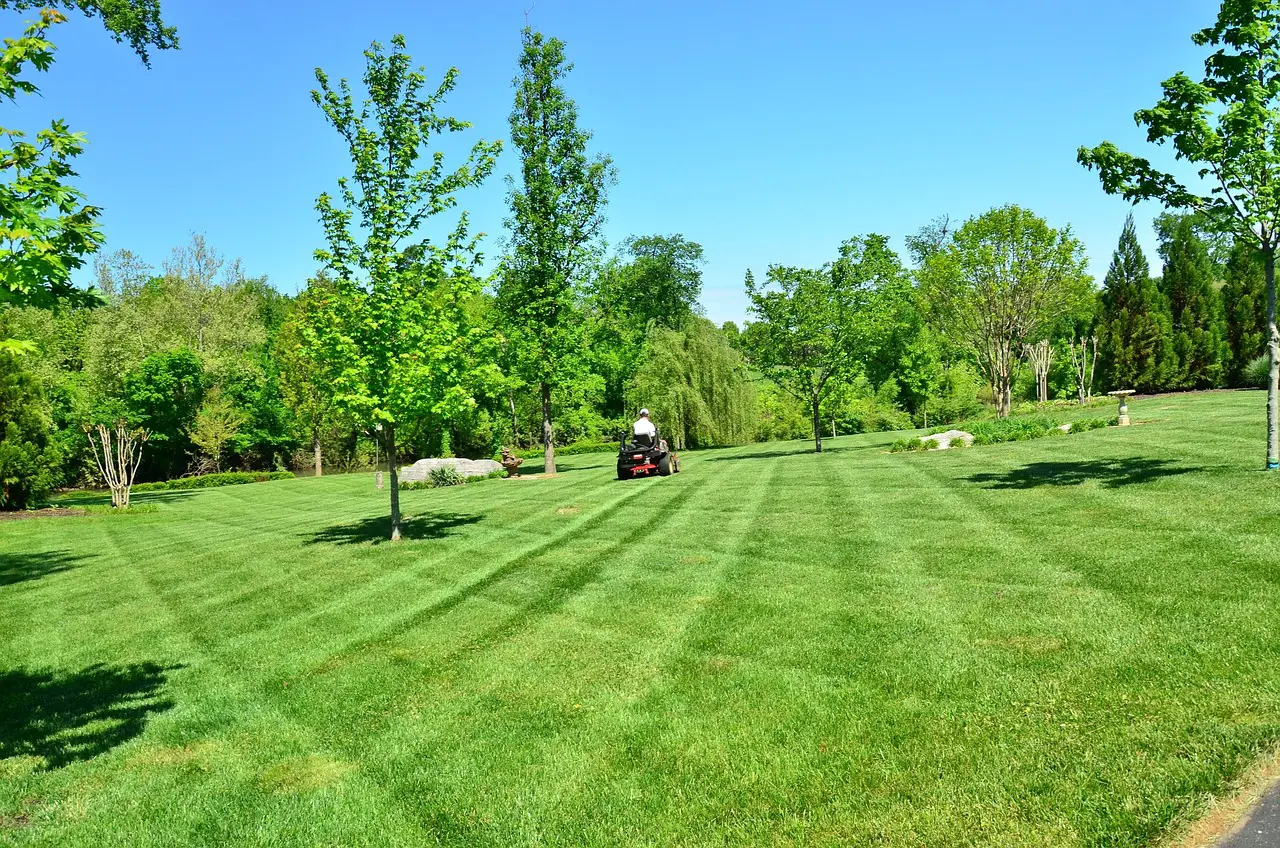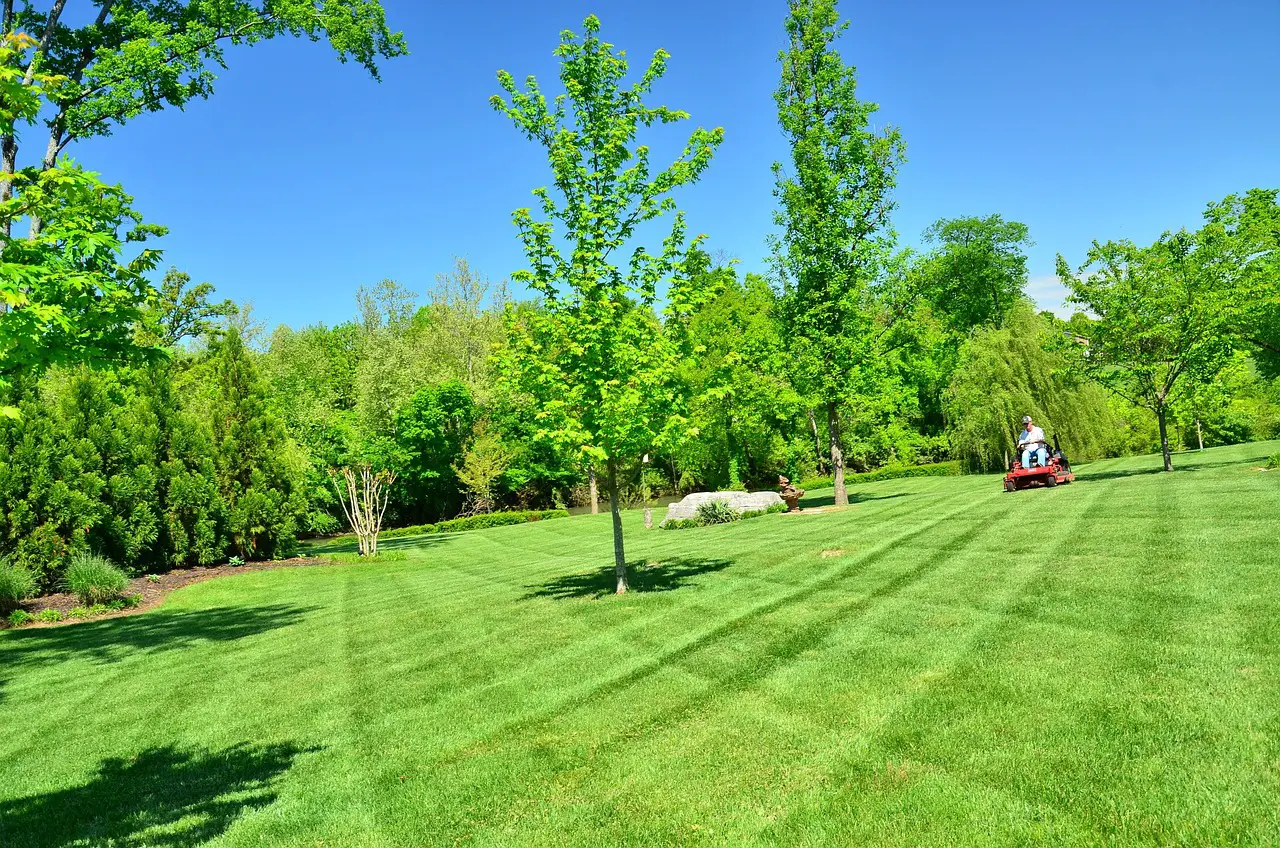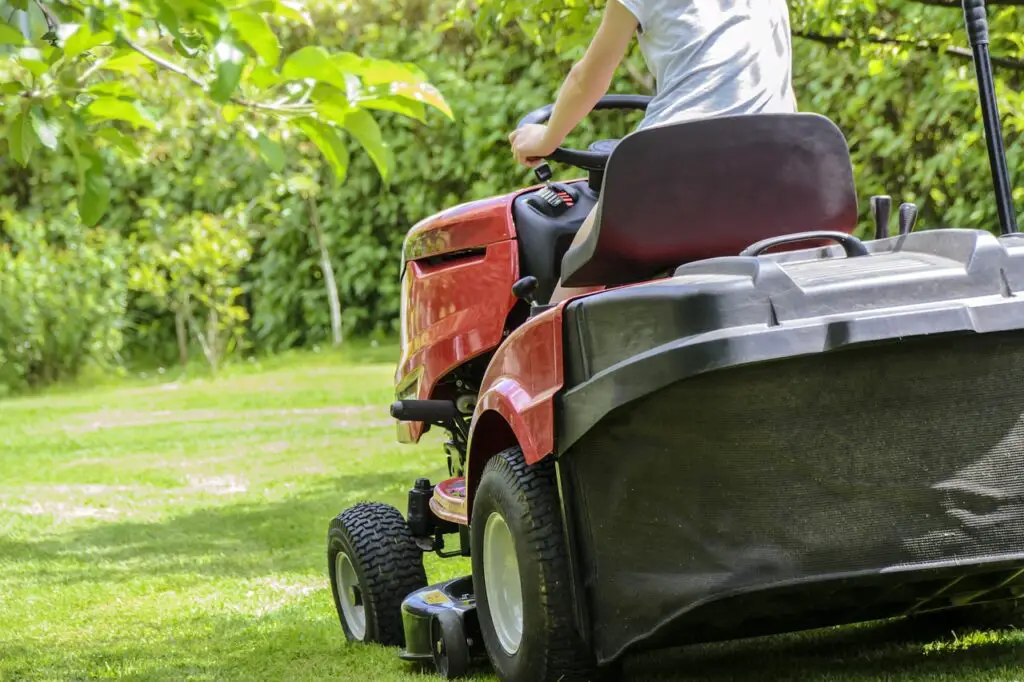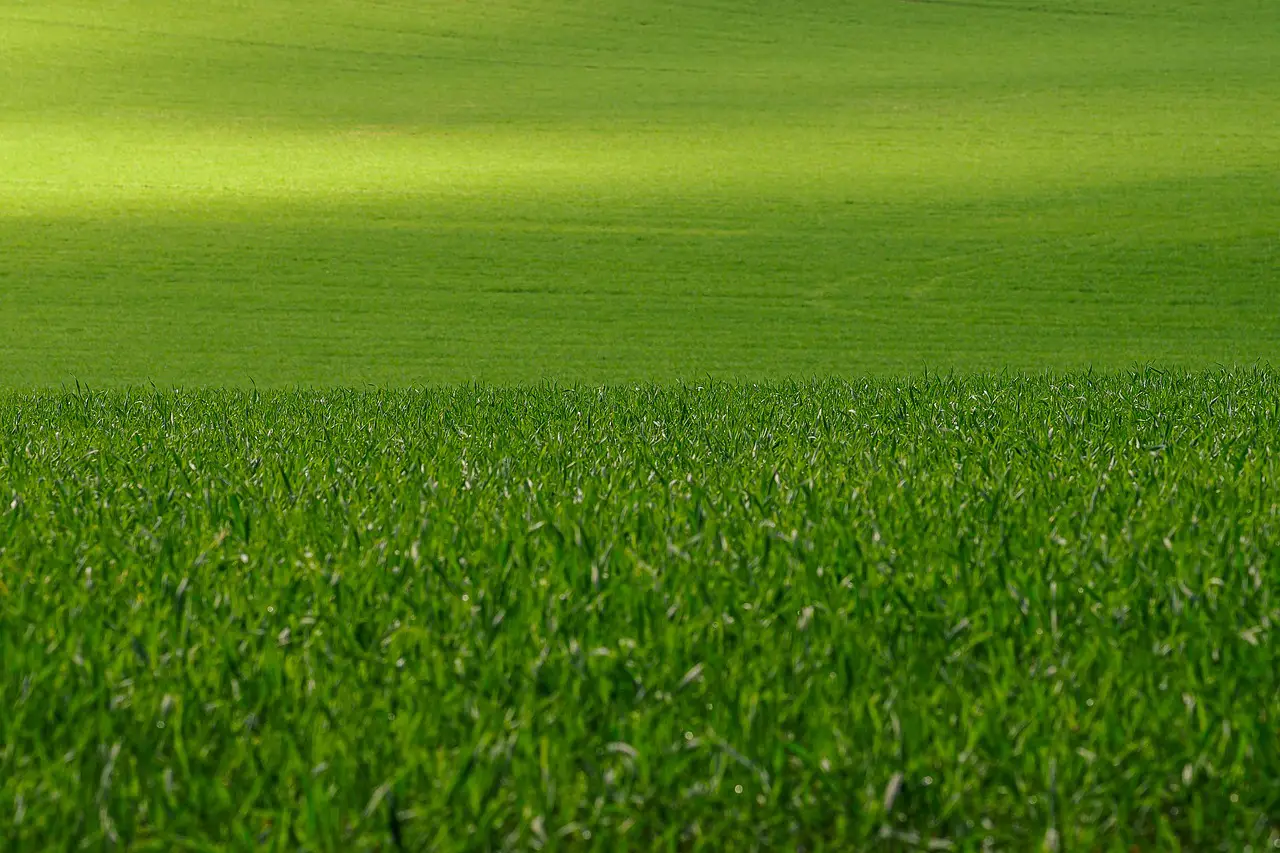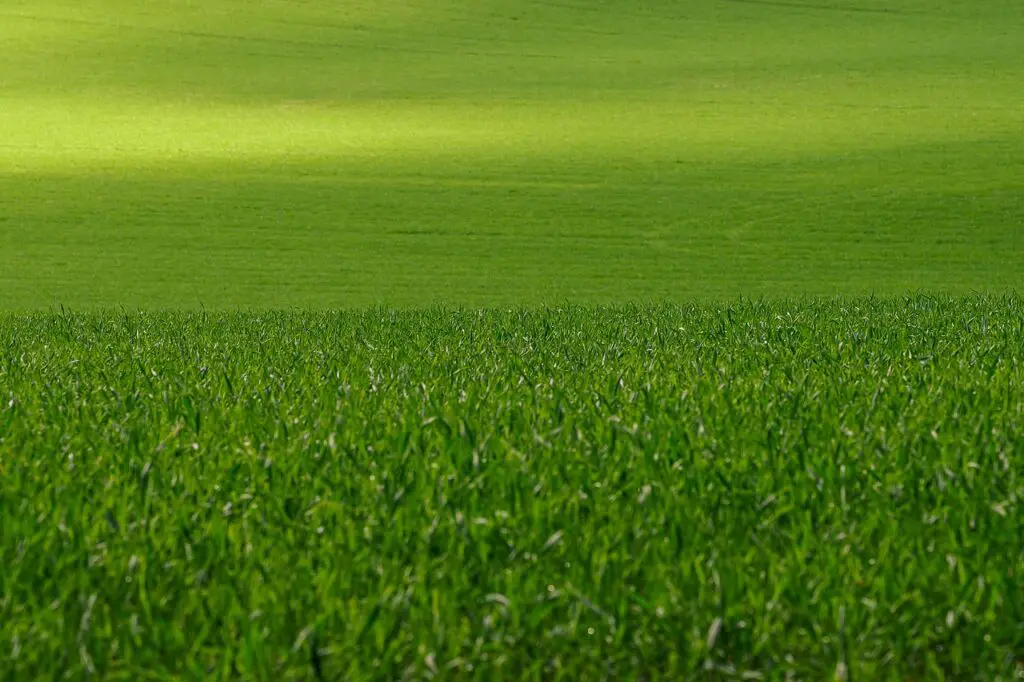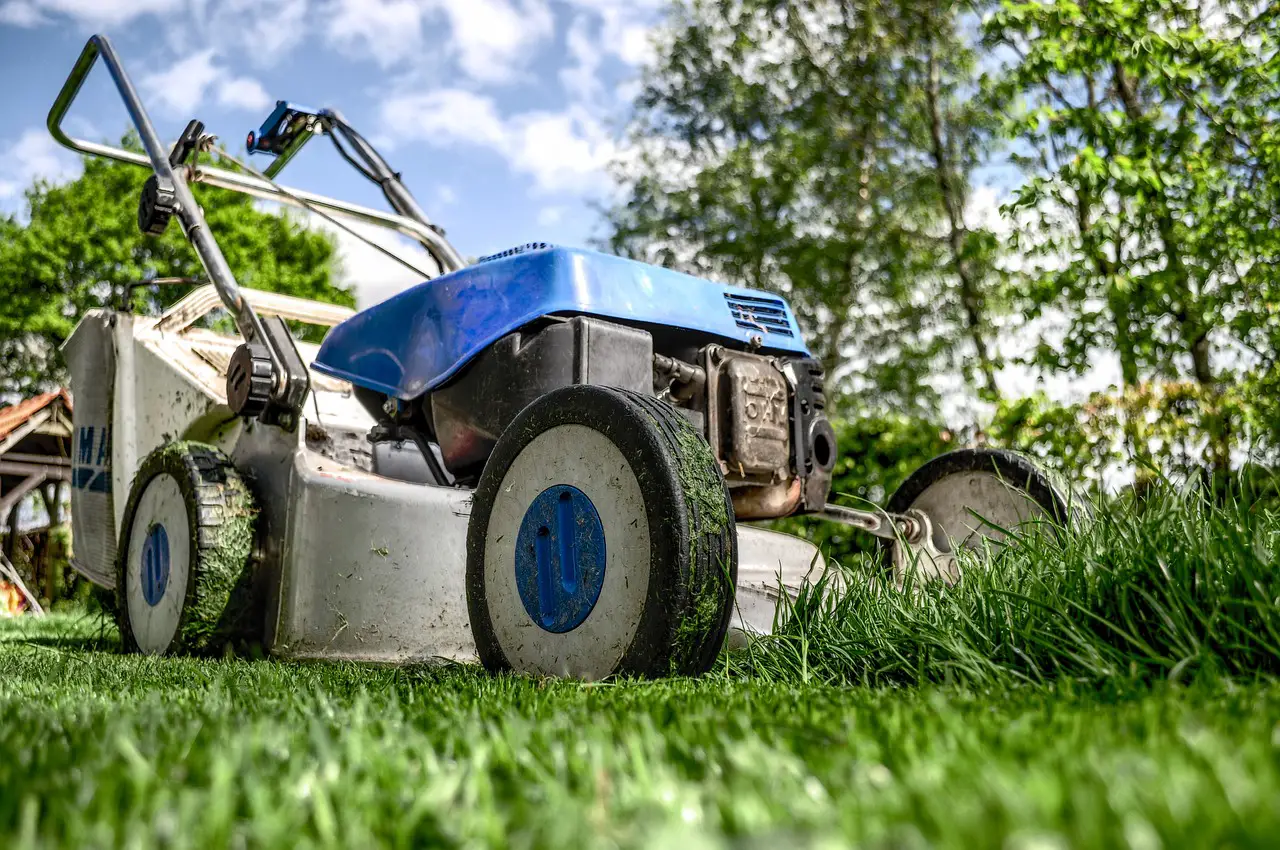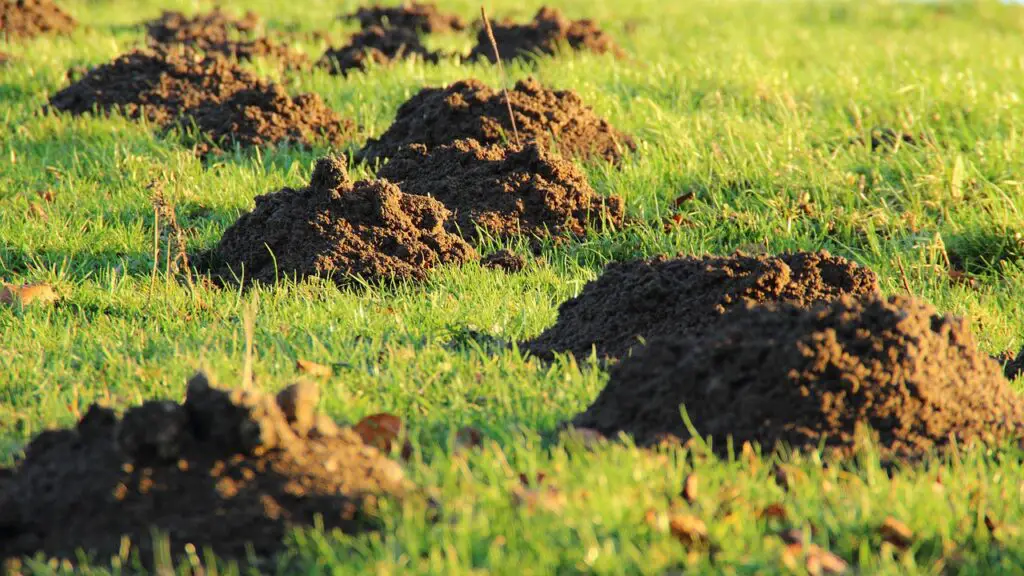As a pet owner, you want your lawn to be a safe and enjoyable space for your furry friends to run and play. However, pets can be hard on lawns, causing damage and leaving behind unsightly yellow patches. In this article, we’ll explore some tips and strategies for lawn care that will keep your pets happy and healthy while maintaining a beautiful lawn.

Choosing Pet-Friendly Lawn Products
When it comes to lawn care for pets, it’s important to choose pet-friendly products. Many traditional lawn care products can be harmful to pets, particularly herbicides, pesticides, and fertilizers. These products can cause irritation, sickness, and even death in pets if ingested or absorbed through the skin. To avoid these dangers, choose natural and organic products that are safe for both pets and people.
Mowing and Trimming
Keeping your lawn mowed and trimmed is essential for the health of both your lawn and your pets. Regular mowing helps keep the grass healthy and prevents weeds from taking over. It also keeps the lawn at a safe and comfortable height for your pets to run and play. When mowing, be sure to keep the blade height high enough to avoid cutting the grass too short, which can weaken the roots and make the lawn more susceptible to damage from pets.
In addition to mowing, regular trimming is important for keeping your lawn safe and attractive for pets. Trim any low-hanging branches, especially those that could cause injury if your pets run into them. Also, make sure to trim any bushes or plants that could be toxic to pets if ingested.
Dealing with Pet Waste
One of the biggest challenges of lawn care for pet owners is dealing with pet waste. Not only is it unsightly, but it can also create health hazards for your pets and other animals. To keep your lawn clean and healthy, it’s important to clean up after your pets regularly. Use a pooper scooper or plastic bag to remove solid waste, and rinse the area with water to help prevent odors and bacteria buildup. It’s also a good idea to pick up any fallen leaves or branches that could be harboring pet waste.
Preventing Damage from Pets
Even with regular maintenance and cleanup, pets can still cause damage to your lawn. Common types of damage include digging, running, and urine burns. To prevent digging, provide your pets with designated digging areas, such as a sandbox or an area with loose soil or mulch. To prevent running damage, consider installing a fence or creating designated pathways for your pets to use. To prevent urine burns, water the area immediately after your pet urinates to dilute the urine and prevent it from damaging the grass.

Frequently Asked Questions
Q: Is it safe to use traditional lawn care products around pets? A: No, many traditional lawn care products can be harmful to pets if ingested or absorbed through the skin. It’s best to choose natural and organic products that are safe for both pets and people.
Q: How often should I mow my lawn for pets? A: It’s important to mow your lawn regularly to keep it healthy and safe for your pets. The frequency of mowing depends on factors such as grass type and weather conditions, but as a general rule, mow your lawn once a week during the growing season.
Q: What should I do if my pet has caused damage to my lawn? A: If your pet has caused damage to your lawn, such as urine burns or digging, there are several strategies you can try to repair the damage. For urine burns, water the area immediately after your pet urinates to dilute the urine and



